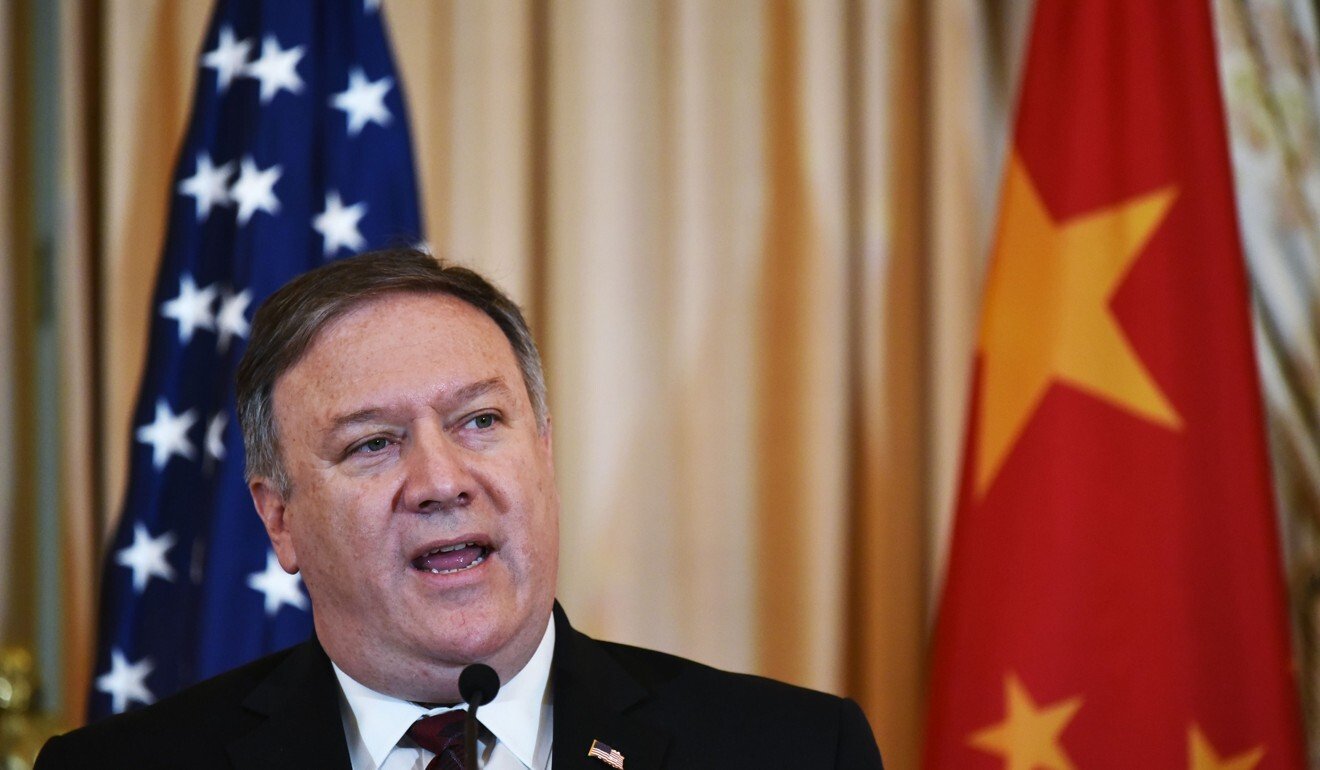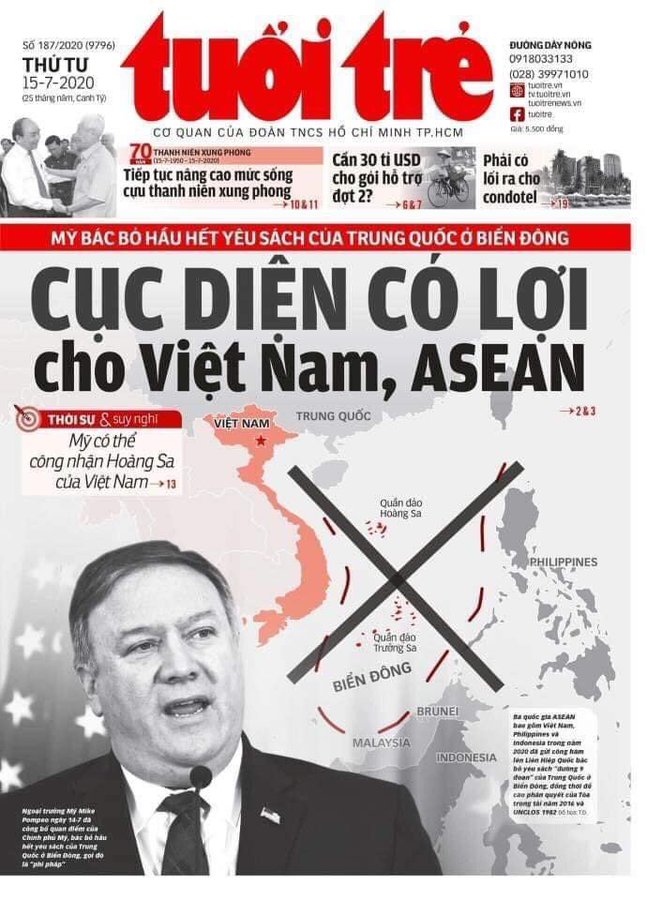
Still, that does not mean we should expect total silence from these countries.
In fact judging from how Vietnam and the Philippines have reacted, it is reasonable to expect that these two claimants – by far the boldest in speaking up against China’s assertion in the waters – may capitalise on the new US position to solidify their legal stances on the row.

And even if the position carries little or no legal sway, it adds significant weight to the countries’ efforts to show that the findings of a 2016 arbitral ruling against China’s so-called “historic rights” in the waters should underpin how the dispute is resolved.
Kelly Craft, the US Ambassador to the UN, in June wrote to UN Secretary General Antonio Guterres endorsing these positions.
In his statement this week, Pompeo fully endorsed the ruling by the Permanent Court of Arbitration in The Hague – a position the US government had not previously taken.
The Southeast Asian claimants say the Chinese boundary encroaches on their territorial waters as set out by the United Nations Convention on the Law of the Seas, while Taiwan – viewed by Beijing as a renegade province – has a similar claim as the Chinese mainland.
Indonesia, a seventh party in the dispute, insists it is not a claimant though the northern reaches of the exclusive economic zone of its Natuna islands are within China’s nine-dash line.
Before the pandemic struck, Asean diplomatic insiders told me they had witnessed an increasing, albeit quiet, alignment in thinking between Vietnam and the Philippines on the use of international arbitration mechanisms to deal with the dispute.
Asked about the latest developments, one of the diplomats – who is from a third Asean country – told me he believed Hanoi’s hand had strengthened as a result of the new US position.
Vietnam has publicly given little hint on its plans, though it recently nominated four arbitrators and four conciliators – a move seen as a precursor to bringing an arbitration case on behalf of the state.
China did not take part in the 2016 proceedings brought by Manila and does not recognise the ruling.
Observers have previously said if there is a fresh challenge by Hanoi, Beijing may take part.
A new arbitration case – as undramatic as it may sound – may well be the best way to persuade China that dispute resolution through international law, rather than unilateral alterations of the status quo, is the best way to peace in the waters.



No comments:
Post a Comment